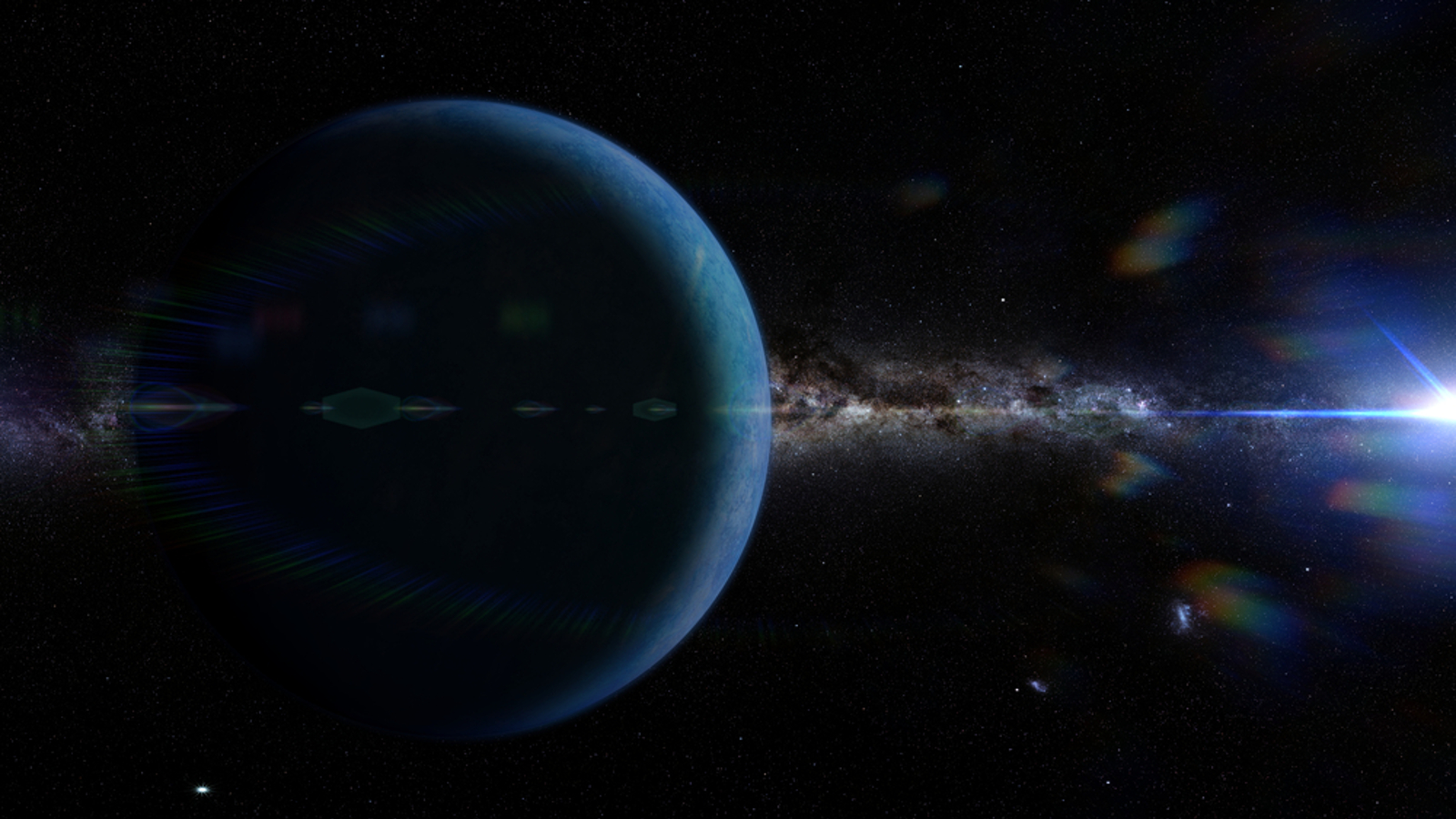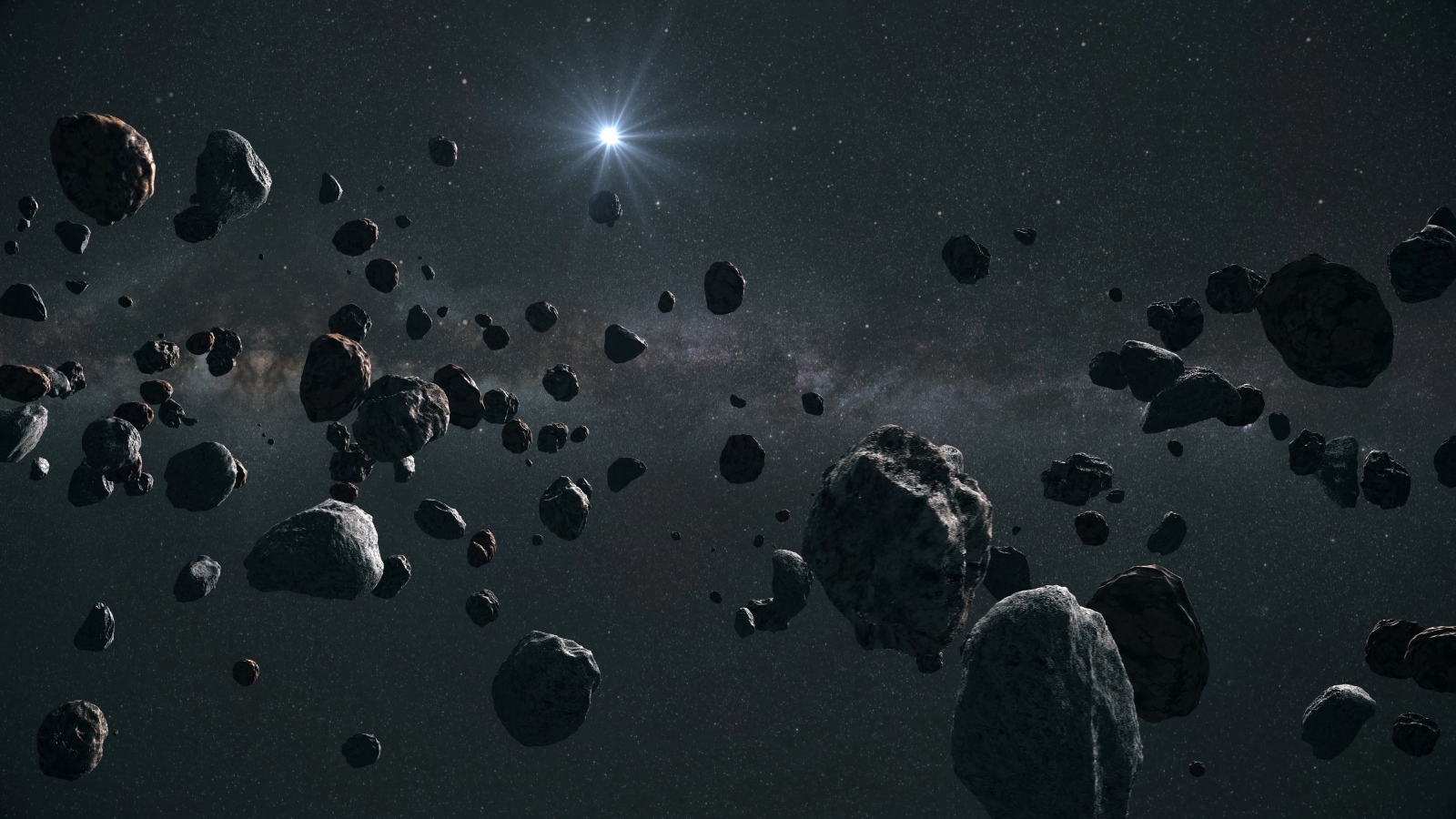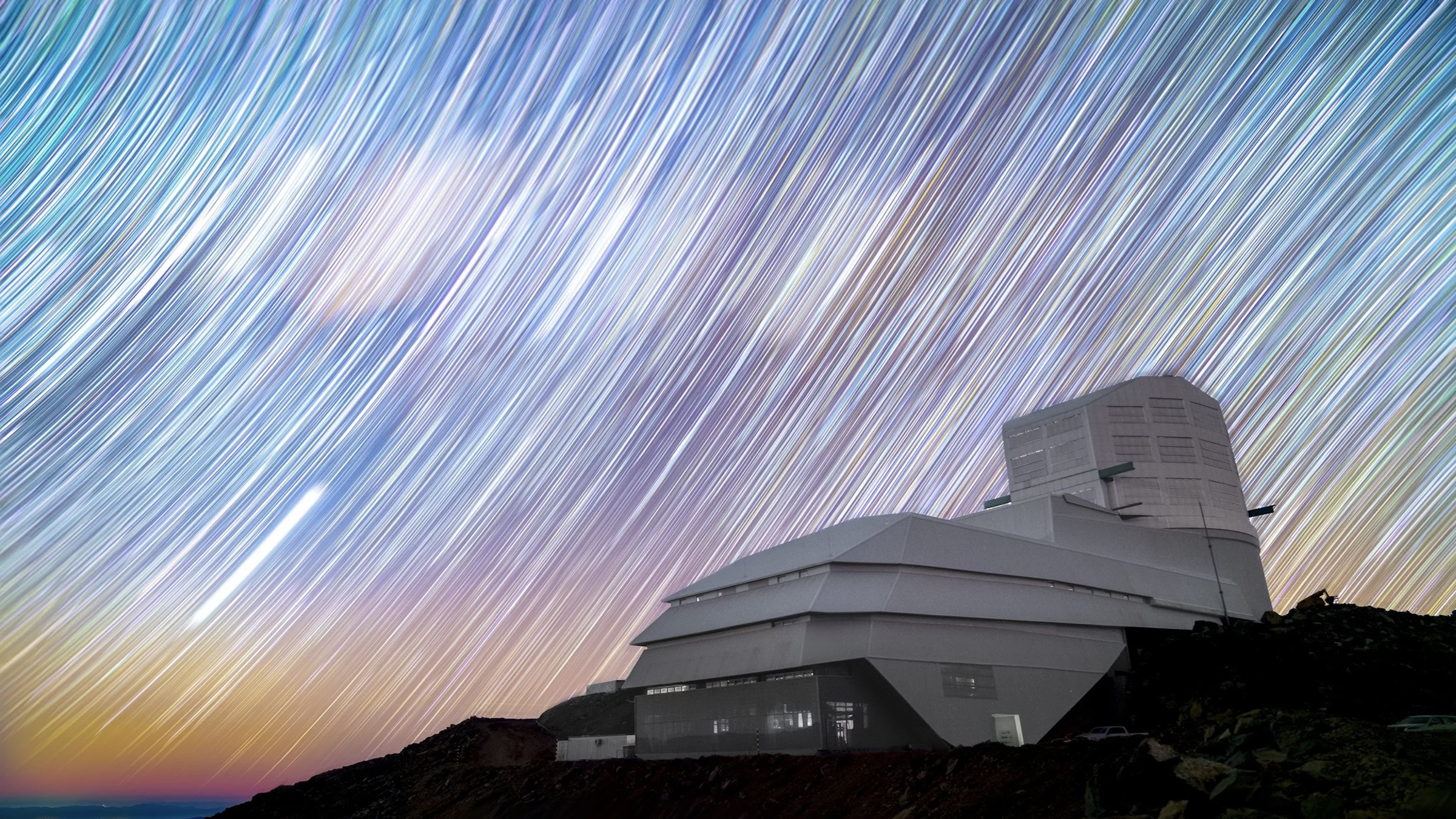'Planet Y' theory hints at hidden Earth-size world lurking in the solar system — and it could be much closer to us than 'Planet Nine'
A new study has proposed the existence of Planet Y, an alternative Planet Nine candidate that is smaller and closer to Earth than the hypothetical Planet X, which astronomers have been hunting for almost a decade. However, the evidence for this newly theorized world is "not definitive."

Astronomers believe they have uncovered evidence of a previously unknown ninth planet lurking in the not-too-distant reaches of the solar system. This hypothetical world, dubbed "Planet Y," could be around the same size as Earth and may exist alongside another popular Planet Nine candidate — potentially bringing our cosmic neighborhood's planetary tally to 10, if both can be confirmed.
However, despite researchers' claims that this newly theorized world could be found within three years, there is no proof of its existence, and some experts are skeptical of the new findings.
The search for a ninth solar system world started after the discovery of Neptune in 1846 and was temporarily concluded in the 1930s with the discovery of Pluto, which was subsequently downgraded to dwarf planet status in 2006. But the hunt restarted in 2016, when Caltech astronomers Mike Brown and Konstantin Batygin proposed their Planet Nine hypothesis, which suggested that the unusual orbits of about a dozen large objects beyond Neptune were caused by the gravitational pull of a massive hidden object.
This hypothetical world, also known as Planet X, likely lurks somewhere within the Kuiper Belt — a giant disk of asteroids, comets and dwarf planets (including Pluto) that orbit the sun beyond the eight known planets — but has so far evaded detection.
Now, in a study published Aug. 21 in the journal Monthly Notices of the Royal Astronomical Society, another group of researchers claims to have uncovered evidence of a completely new Planet Nine (P9) candidate, which they've dubbed Planet Y. This hypothetical world, which would also lurk within the Kuiper Belt, could be around twice as near to Earth as Planet X — and it may be much closer in size to our own planet, too. Its potential existence does not discount the Planet X theory, the researchers noted.
The team came to this conclusion after analyzing the trajectories of 50 Kuiper Belt objects (KBOs) and discovering that they were tilted by around 15 degrees compared with the rest of the solar system's planets. The only thing that could explain this tilt was a hidden world, they argued.
"We started trying to come up with explanations other than a planet that could explain the tilt, but what we found is that you actually need a planet there," study lead author Amir Siraj, an astrophysicist at Princeton University, recently told CNN. "This paper is not a discovery of a planet," he added. "But it's certainly the discovery of a puzzle for which a planet is a likely solution."
Get the world’s most fascinating discoveries delivered straight to your inbox.

Based on their calculations, the study team believes that Planet Y is likely a rocky world with a mass somewhere between that of Mercury and that of Earth. This is significantly smaller than the hypothesized mass of Planet X, which is proposed as a gas giant up to 10 times more massive than Earth.
The researchers also propose that Planet Y is located somewhere between 100 and 200 times farther from the sun than Earth is. That's not too far beyond the orbit of Neptune, which orbits the sun at 30 times the Earth-sun distance, and it's much closer to us than Planet X, which is likely at least 400 times farther from the sun than Earth is. (At these distances, both planets would reflect very little light back to Earth, making them hard to spot directly.)
If it exists, Planet Y would also be tilted by up to 10 degrees compared with the orbital plane shared by the eight known planets — another factor that would make it harder to detect, the researchers wrote.
However, not everyone agrees with the new proposal.
Samantha Lawler, an astronomer at the University of Regina in Saskatchewan and a critic of the Planet X hypothesis, told CNN that the findings were "not definitive," largely because of the small sample size of KBOs included in the study. Patryk Sofia Lykawka, an astronomer at Kindai University in Japan who specializes in KBOs, added that Planet Y was "plausible" but required more observations to be considered a likely possibility.
To fully prove the existence of Planet Y or Planet X, researchers will either have to get very lucky and directly observe the elusive worlds, or find many more KBOs that fit with the patterns they have uncovered.

This may not take very long, thanks to the newly operational Vera C. Rubin Observatory in Chile, which has begun scanning the night sky with the world's largest digital camera. Many experts think this survey will uncover thousands more KBOs in the coming years, which could provide the data needed to firm up these theories.
"I think within the first two to three years [of the observatory's mission], it'll become definitive," Siraj said. "If Planet Y is in the field of view of the telescope, it will be able to find it directly."
But equally, if the researchers do not find what they are looking for within this time frame, both theories could end up being chucked out for good.
Other Planet Nine candidates
Planet Y is not the only alternative P9 candidate that has emerged in recent years. Several other hypothetical worlds have been proposed, but all have been largely disproved.
In May, researchers spotted a faint infrared dot that they thought might be a ninth planet. However, this finding was largely discounted because whatever object was responsible for this reading would have to be orbiting the sun in a plane perpendicular to the rest of the planets, which is extremely unlikely.
There is also a possibility that multiple rogue planets — worlds that have been expelled from alien star systems and then captured by the sun's gravity — could lurk even farther from our home star. In 2023, calculations from Siraj revealed that there could be room for up to five Earth-like, rocky planets to hide in the very outer reaches of the solar system.
Some astronomers have also proposed alternative explanations for Planet X, including that the gravitational anomalies are caused by a baby black hole or are the result of some alternative form of gravity we do not yet understand. Others have suggested that this missing world could be smaller than we think and may instead be surrounded by dozens of moons.
On the other hand, some experts think the recent discovery of several dwarf planet candidates in the Kuiper Belt — including 2017 OF201 and 2023 KQ14, which were announced in May and July, respectively — make it less likely that Planet X exists because these objects do not behave as this theory predicts.
At this moment, all we can be certain of is that we still have much to learn about the vast backyard of our cosmic neighborhood.

Harry is a U.K.-based senior staff writer at Live Science. He studied marine biology at the University of Exeter before training to become a journalist. He covers a wide range of topics including space exploration, planetary science, space weather, climate change, animal behavior and paleontology. His recent work on the solar maximum won "best space submission" at the 2024 Aerospace Media Awards and was shortlisted in the "top scoop" category at the NCTJ Awards for Excellence in 2023. He also writes Live Science's weekly Earth from space series.
You must confirm your public display name before commenting
Please logout and then login again, you will then be prompted to enter your display name.
